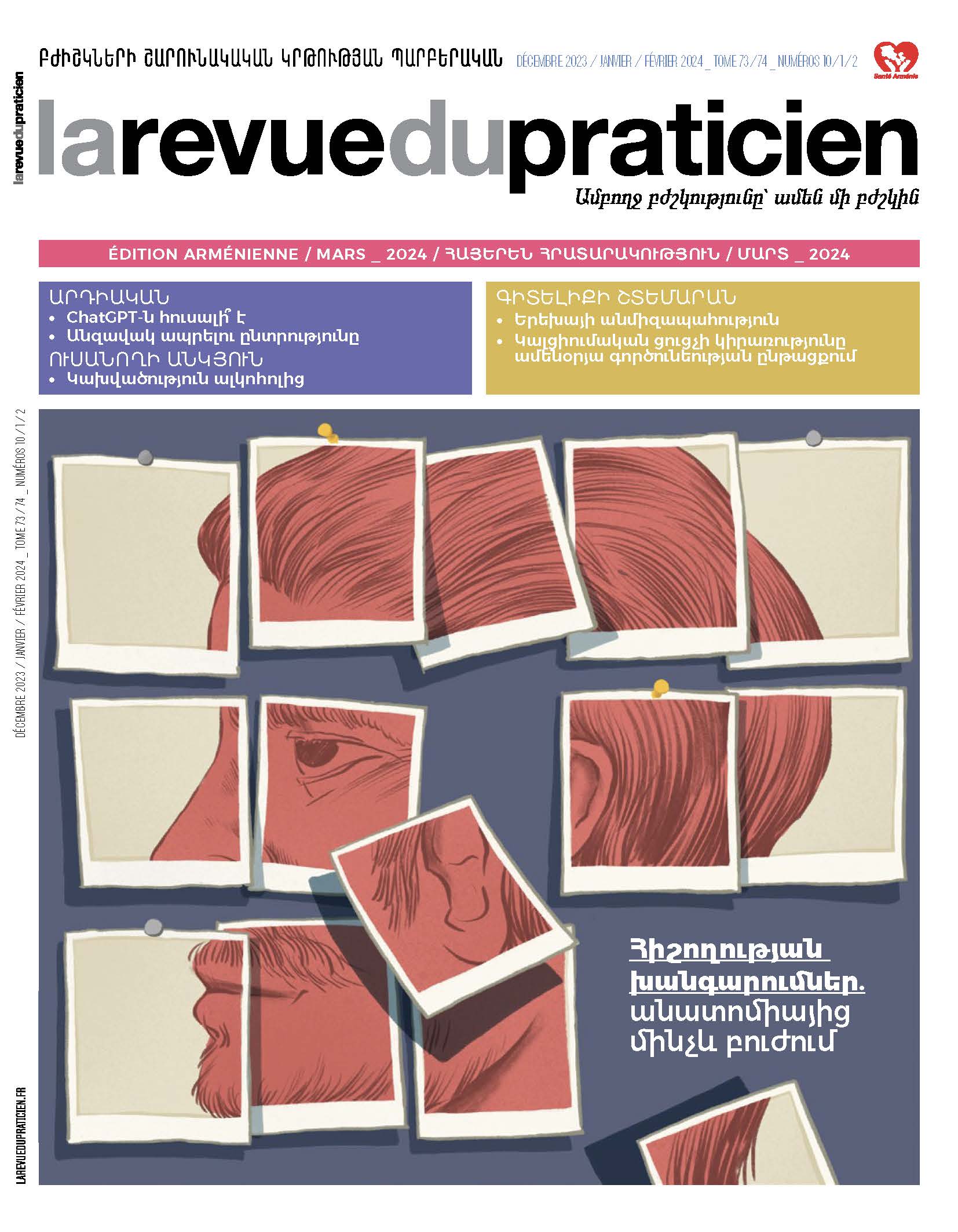Аннотация отсутствует
MeSH :
Atherosclerosis,
Calcium,
Coronary Artery Disease/diagnosis,
Humans,
Physician-Patient Relations,
Risk Factors,
Tomography.
Ключевые слова :
Кальциноз.
